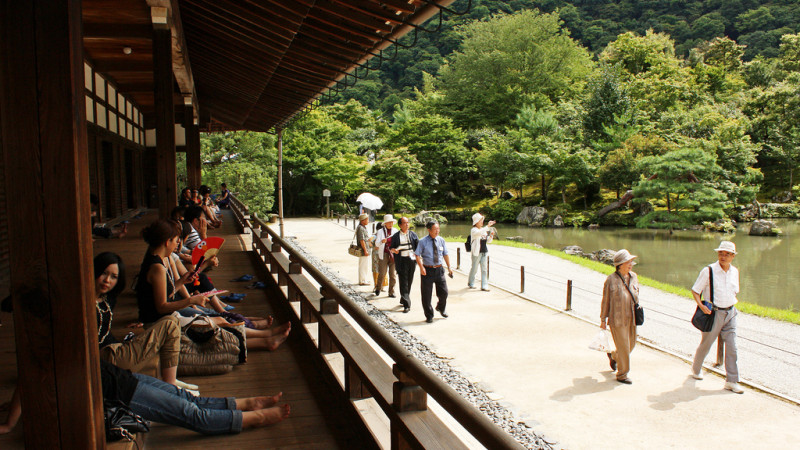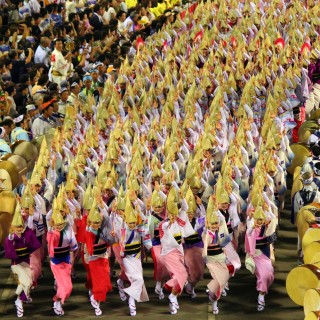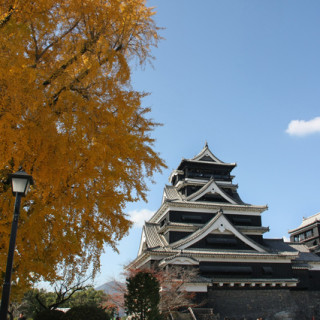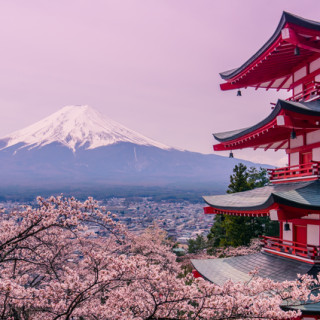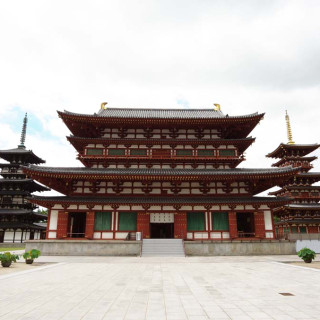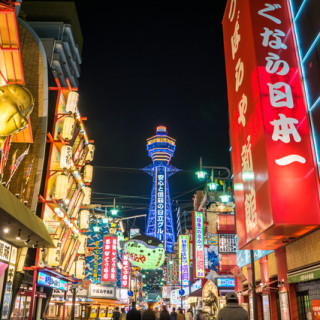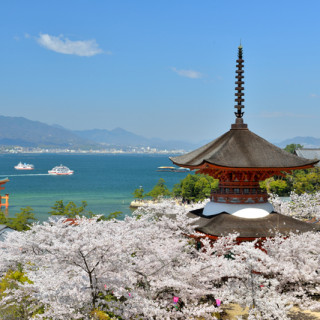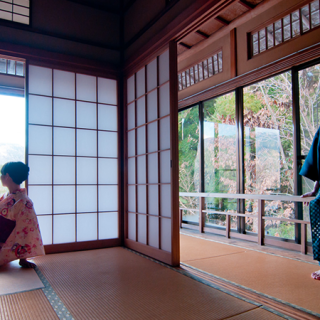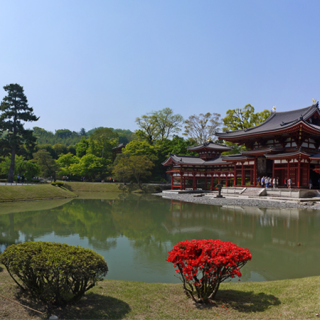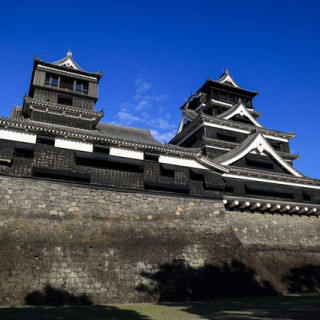After seeing a few temples in Japan, they may all start to look alike and you may feel reluctant to visit another one. But I can tell you Tenryuji Temple in Kyoto is not just another temple. The word Tenryuji means “Heavenly Dragon Temple” and here is what makes this temple so heavenly.
1. What makes Tenryuji Temple worth visiting?
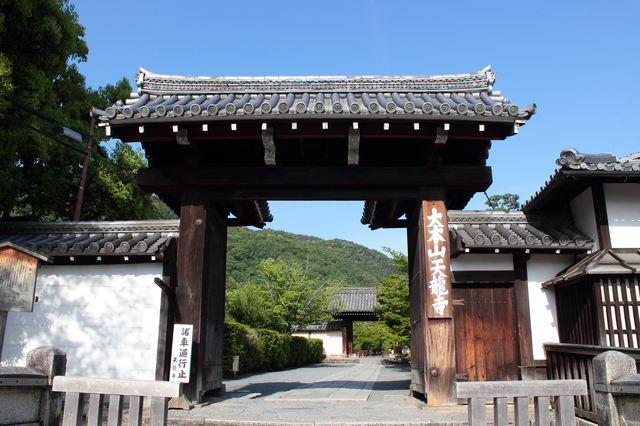
Not only Tenruji Temple is known as the most prestigious temple in Arashiyama area of Kyoto, it is also ranked as the first of the Five Great Zen Temples of Kyoto. As your reference, the rest four great temples are Nanzanji, Shokokuji, Tofukuji, and Kenninji. Needless to say, Tenryuji is the most significant temple in the Arashiyama district of West Kyoto. The temple offers tourists its rich history and religious importance.
Tenryuji was founded by the Shogun Ashikaga Takauji (1305-1358) to honor Gautama Buddha. The temple went through numerous fire incidents that resulted in its destruction. The temple buildings that we see present day are mainly from the Meiji Period. It became UNESCO World Heritage Site in 1994.
2. Highlights of Tenryuji Temple
2-1. Zen Garden
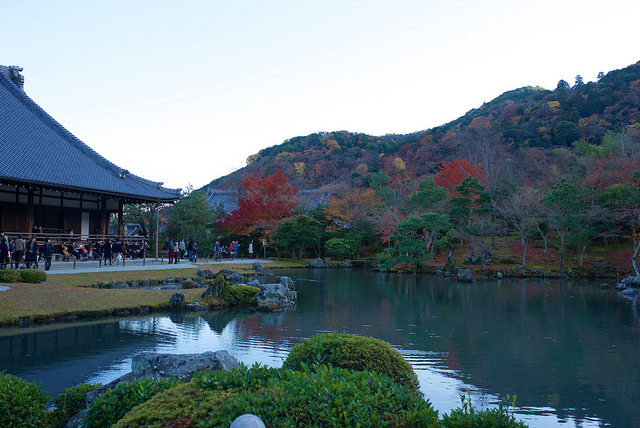 photo by Tetsuji Sakakibara
photo by Tetsuji Sakakibara
The temple also is famous for its Zen style garden that you can enjoy beautiful seasonal flowers while you take a walk. The garden has kept its original state surviving for centuries. It features breathtaking landscapes with rocks and trees with pond located in the center. It is believed to be the least touched and is one of the most beautiful among Japanese gardens. Visitors can enjoy various kinds of trees and flowers that the garden showcases throughout the seasons. The popular seasons to visit the garden are fall and spring. In fall, you can see the stunning colors of maple leaves in a comfortable temperature. In spring, it becomes quite a desired destination for people to see the cherry trees blossom. Some people visit to see the lotus flowers in the entrance pond during summer time as well. Here are some of the trees and flowers can be seen at the garden: Cherry Tree, Maple Tree, Hibiscus Mutabilis, Cotton Rosemallow, Crape Myrtle, Lotus Flowers, Hydrangea, Japanese Bellflower and Red Spider Lily. Take a moment to relax in the garden, and how about finding your inner peace?
2-2. Shojin Ryori Restaurant
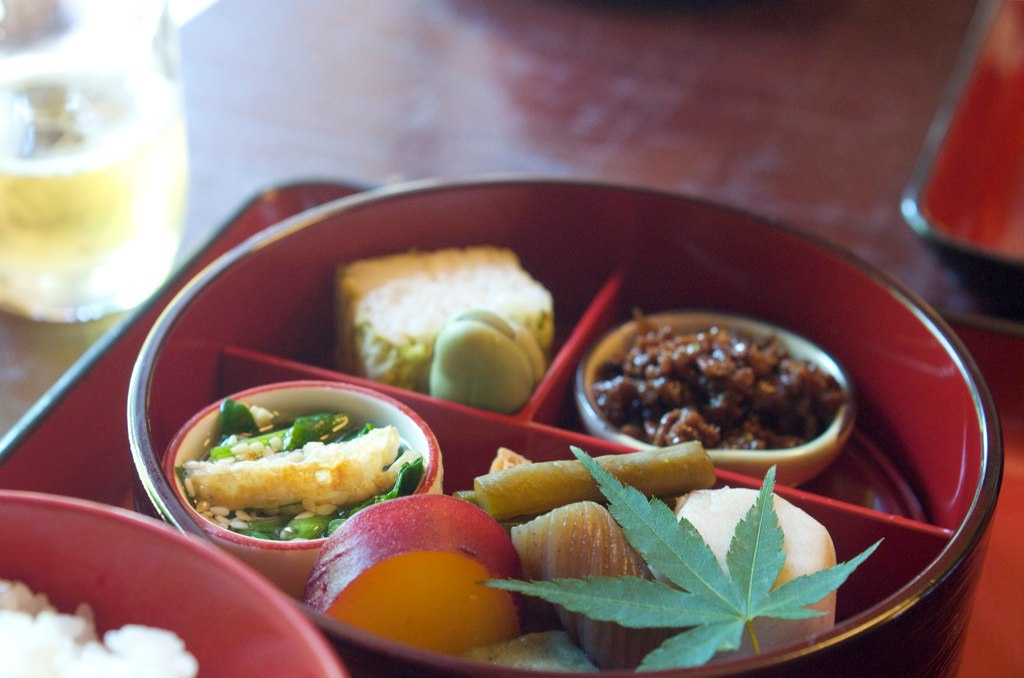 photo by Masahiko Satoh
photo by Masahiko Satoh
Shojin Ryori is a vegetarian cuisine originally derived from the diet restrictions of Buddist monks. The restaurant “Shigetsu” located within the temple is a great place for you to try traditional Japanese Buddist cuisines. They cook with fresh and natural ingredients and offer you delicious and healthy meals. To make the dining experience even better, you can enjoy the exquisite view of the Zen garden while you have your delightful dishes.
For reservation and the menu, visit: http://www.tenryuji.com/en/shigetsu/index.html
2-3. Unryuzu (Cloud Dragon Painting)
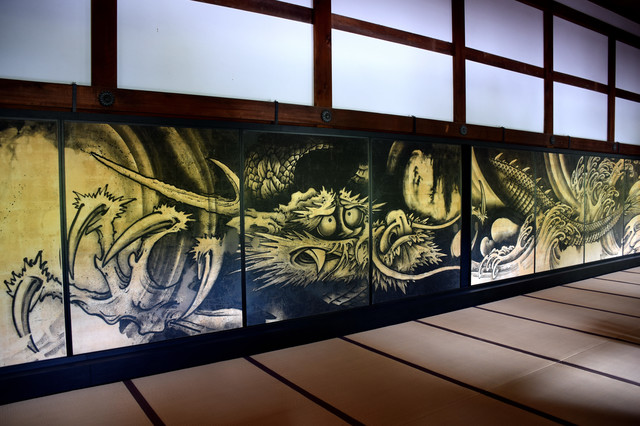
On the ceiling of the Hatto (the Dharma Hall), you will be blown away by the modern cloud dragon painting that was completed in 1997. The painting was created to honor the death of Tenryji’s founder, Musou Soseki. What is so unique about this painting? You will notice the dragon seems to stare directly at you no matter where you are looking at the painting in the room.
2-4. Darumazu (Bodhidharma Painting)
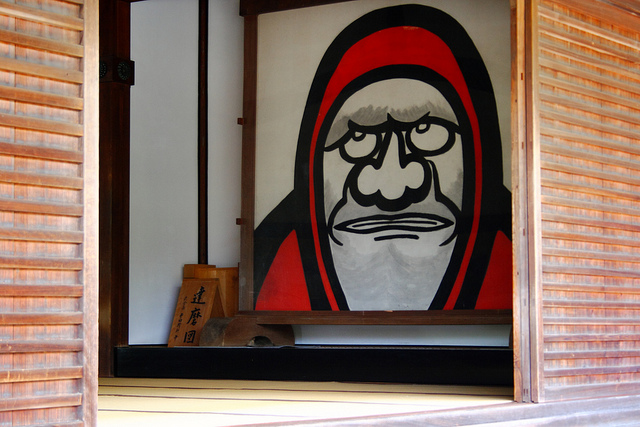 photo by Antti T. Nissinen
photo by Antti T. Nissinen
As you walk inside the Kuri (Living Quarters of the Temple), you will find the magnificently large Bodhidharma painting in the entrance area. You are to be astonished by its large scale for one and also by the modern touch of the painting. Bodhidarma was an Indian monk who passed the teachings of Zen to China. It was painted by Hirata Seiko who was the chief abbot of the temple.
2-5. Fulfill at least 4 of your 5 senses; Sight, Hearing, Taste, Smell
Sight
Enjoy the beautiful sceneries surrounding the temple and its Zen garden
Hearing
Take a moment to listen to nothing but your footstep in a secluded setting
Taste
Savor the simple but delicious Japanese traditional cuisine
Smell
Freshen up yourself by taking in smells of the fragrant flowers in the garden
3. For Eager Travelers Who Wants to See More in Arashiyama Area
If you feel energetic enough to see more after visiting Tenryuji Temple, there is a perfect to spot you should check out. Just go through the north exit of the temple and you will see a path that will lead you to the majestic Arashiyama Bamboo Grove.
Would you like to know more about the Bamboo Grove? Check out the article http://one-jp.net/1001/
4. How to Get to Tenryuji Temple
4-1. Access from Tokyo Station to Kyoto Station
By Bullet Train (Shinkansen)
JR Tokaidou Shinkansen connects Tokyo and Kyoto with the travel time between 140 minutes (with Nozomi Trains) and 160 minutes (Hikari Trains). One-way train fare from Tokyo Station to Kyoto Station is around JPY13,000 to JPY14,000.
Here is more information about Shinkansen: http://english.jr-central.co.jp/
By Highway Bus
One-way bus fare from Tokyo Station to Kyoto Station costs around JPY3,500 to JPY10,000. The total travel time is about 7-8 hours. If you are traveling on a tight budget, it is definitely an option.
Here is the website for Highway Bus: http://willerexpress.com/en/?aid=184
4-2. Access from Kyoto Station
There are a few ways to get to the temple
5 minutes walk from JR Saga Station on the JR San-In Main Line from Kyoto Station.
13 minutes walk from Saga-Arahiyama Station on the JR Sagano Line
15 minutes walk from Arashiyama Station on the Hankyu Line
Take the Kyoto City Bus (Shi Bus Line) #11 or #28 or #93 and get off at Arashiyama Tenryuji Mae stop
Take the Kyoto Bus Line #61or #72 or #83 and get off at the Arashiyama Tenryuji Mae stop
Basic Visitor information
Tenryuji Address: 68 Saga-Tenryuji-Susukinobaba-cho, Ukyo-ku, Kyoto-shi, Kyoto
Phone: (Country Code) +81 75-881-1235
Hours: 8:30-17:30 (Summer) 8:30-17:00 (Winter between Oct.21st to March. 20th)
Admissions:
– Viewing Garden Only
Highschool students and above – JPY500
Elementary and Middle School Students – JPY300
Preschool Children – Free
– Viewing Tenryuji Garden and the Buildings
JPY100 plus the admission fees indicated above



